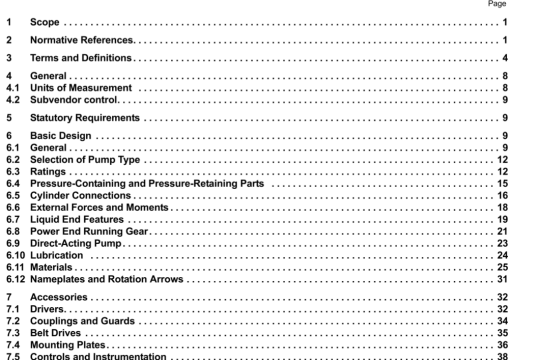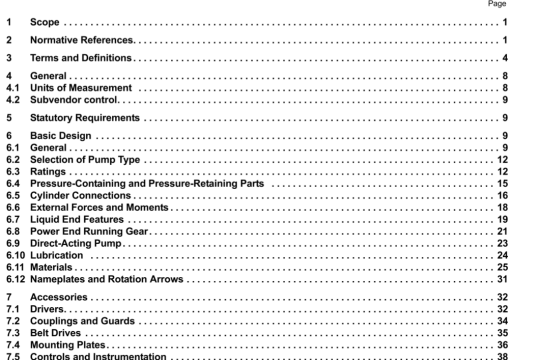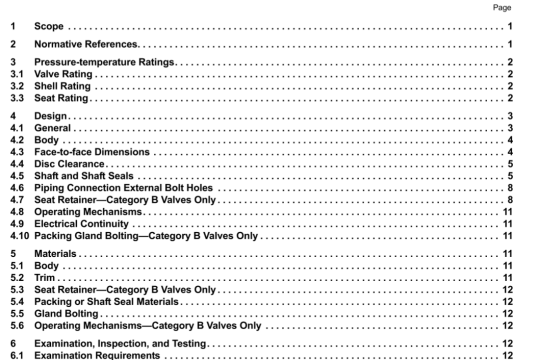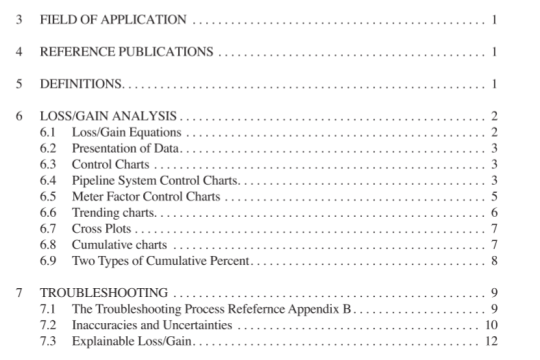API RP 1639:2003(2012) pdf download
API RP 1639:2003(2012) pdf download.Owner/Operator’s Guide to Operation and Maintenance of Vapor Recovery Systems at Gasoline Dispensing Facilities.
D 5.3.3.3 If present. ensure hose retractors are functioning properly and that the hose. when hung up. is not exposed to damage from vehicles.
D 5.3.3.4 Balance hoses should not touch the ground when hung up on the dispenser. Ensure the venturi hoses with one end marked nozzle end” are attached to the nozzle. Non venturi hoses cannot exceed a 10-inch length of loop below the nozzle. Sce Figure 17.)
D 5.3.3.5 Monitor that vapor passages of balance hoses are free of liquid. One sYmptom of this is that the nozzle will have frequent shut-otis. If required. drain the hose or replace it if gasoline blockage persists in the hose. (Ensure that hose installation is in the correct or)entation.) (See Figure 10.)
D 5.3.3.6 Ensure that the proper hose end is connected o the nozzle. Remove and reverse it’ improperly connected. The venturi in coaxial balance hoses will not function if hose is reversed. (See Figure 10.)
5.3.4 Breakaway Valves
5.3.4.1 Breakaway valves are installed in the hanging hardware to block off the flow of liquid and vapor from the dispenser or hose in the event a hose is pulled off a dispenser.
D 5.3.4.2 Check the direction of flow indicated on the breakaway litting and confirm it is installed with the correct orientation. Remove and reverse if improperly connected. (See Figures 10 and 18.)
D 5.3.4.3 Inspect breakaway connections for leaks, visible damage. excessive corrosion, or signs of partial separation. Repair or replace breakaway’s that show signs of deterioration. damage. or partial separation.
5.3.5 Vacuum Pumps
a. Vacuum pumps assist the how of vapors by pulling them from the car and pushing them hack to the underground tank. They are located in the dispenser or at a remote location. A qualified service technician should perftnn any maintenance. adjustments. or repairs.
D h. lie observant of the presence of unusually strong gasoline odors during fueling. Strong odors may indicate a nialfunctioning vapor pump or other defect in the vapor collection system. A qualified service technician should perform any maintenance, adjustments. or repairs.
5.3.6 Vapor Processors
Several Stage 11 vapor recovery systems have remote vapor processors to control emissions. A qualilled service techniclan should perform maintenance. adjustments. or repairs to this equipment.
D 5.3.6.1 Check the system control panel and ensure that the vapor processing unit is operating normally and not in alann status. Contact a qualified service technician for any required testing. adjustments. or work.
D 5.3.6.2 If the control jxLnCl of a vapor processor indicates an alarm condition, consult the operating manual reganling system operation and contact a qualified service technician immediately.
5.4 INSPECTION CHECKLISTS
D 5.4.1 All inspections should be documented in writing. Appendix A provides suggested inspection checklists,
D 5.4.2 Unloading pruccdurw are pru.ided in API RP 1007 Loading and Unloading of MCJOO/DUJ’ 406 Ca,o Tank Motor Vehicles and may be provided to tank truck drivers.
6 Record-keeping and Permitting
6.1 GENERAL
A record of all equipment inspections, maintenance, or repairs should be maintained at the station, be accessible within 24 hours, or as required by local or state regulations.
Vapor recovcry systcnls should be inspected and tested on a regular schedule based on local/state requirements and recommendations by the manufacturer.
The owner/operator should check to ensure that any air quality operating permit has not expired and the facility is in compliance with permit conditions.
6.2 RECORD RETENTION
Requirements tr record retention vary with local jurisdiction and may include.




